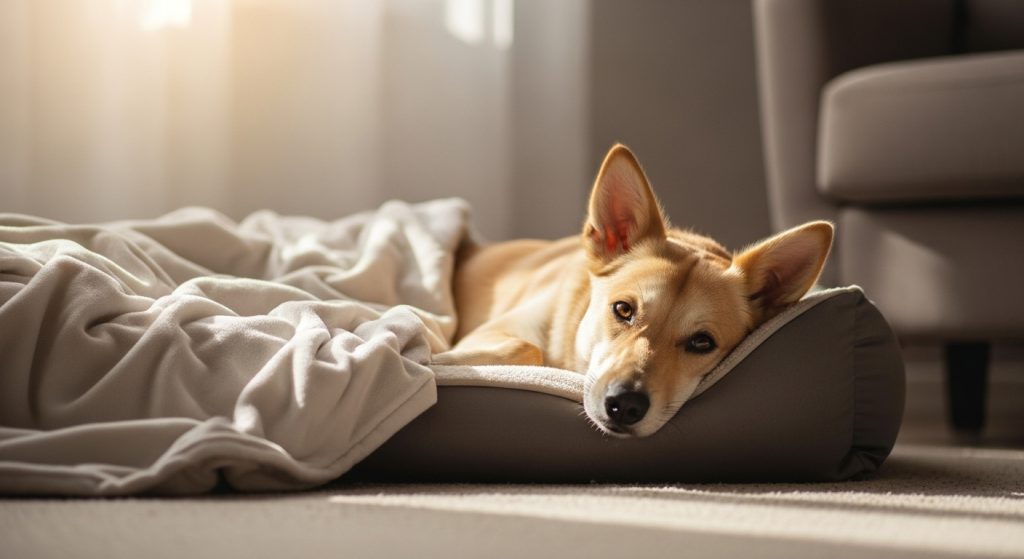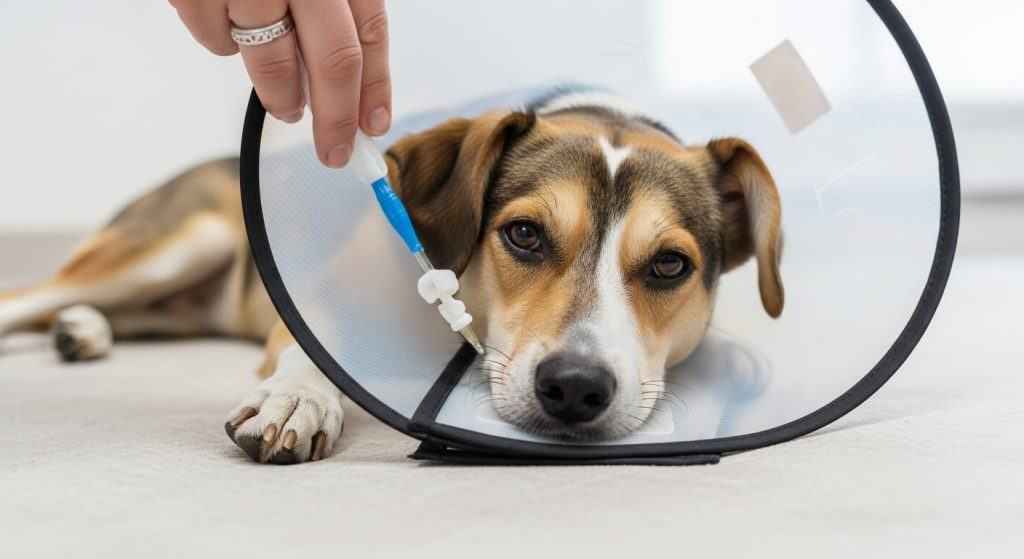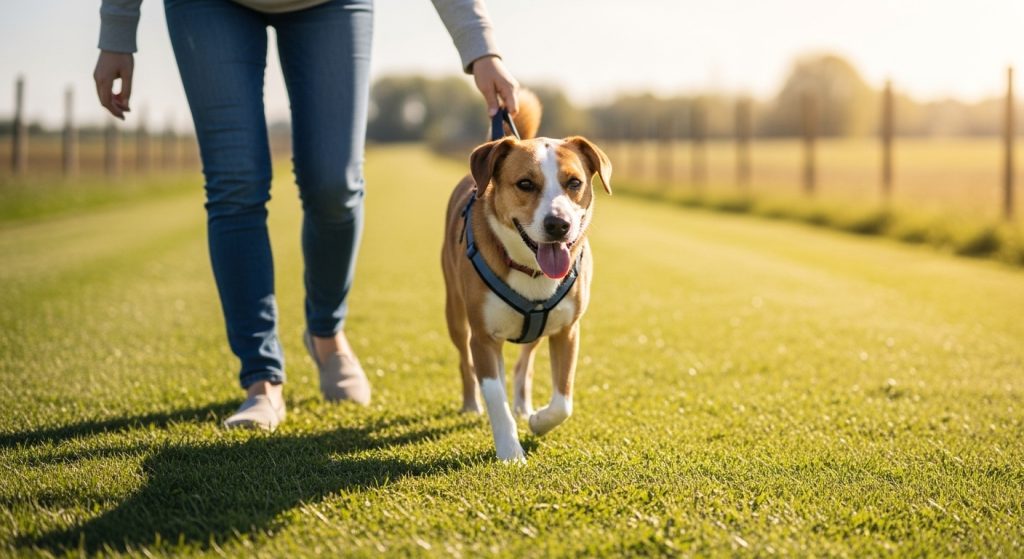Surgery can be a stressful experience for both dogs and their owners. Whether your dog underwent a routine spay/neuter procedure or a more complex operation, post-surgical care plays a crucial role in ensuring a smooth recovery. Proper care not only helps reduce pain and discomfort but also prevents complications such as infections or delayed healing.
In this guide, we will explore how to help your dog recover comfortably after surgery. From creating a safe environment to providing proper nutrition and pain management, these strategies will ensure your furry friend heals quickly and safely.
1. Creating a Safe and Comfortable Recovery Environment
The first step in supporting your dog’s recovery is to provide a safe, calm, and comfortable environment. Post-surgery, dogs are vulnerable, and minimizing stress is essential.
a. Designate a Quiet Space
Set up a dedicated area where your dog can rest undisturbed. Use a soft bed or crate lined with blankets to make them feel secure. Ensure the space is away from household traffic, loud noises, or other pets that might cause stress.
b. Control Movement
Restrict your dog’s movement to prevent accidental injury or strain on surgical sites. Avoid letting your dog jump on furniture, run outdoors, or interact with overly playful pets. Short leash walks, if permitted by your veterinarian, are ideal for bathroom breaks.
c. Monitor Temperature and Lighting
Ensure the recovery area is warm but not overly hot. Avoid direct sunlight or drafty areas. Soft lighting can help your dog remain calm and relaxed during the healing process.
d. Keep Essentials Within Reach
Place water, food, and any medications close to your dog’s resting area. This reduces unnecessary movement and helps them remain comfortable while recovering.
2. Managing Pain, Medications, and Hygiene
Proper medical care is critical for a smooth recovery. Following your veterinarian’s instructions closely ensures your dog heals comfortably and avoids complications.
a. Pain Management
Post-surgical pain can cause anxiety, restlessness, and slower healing. Administer prescribed pain medications on schedule and monitor for signs of discomfort, such as whining, panting, or reluctance to move. Never give human medications without veterinary approval.
b. Surgical Site Care
Check the incision daily for redness, swelling, discharge, or unusual odors. Keep the area clean and dry. Use an Elizabethan collar (cone) if your dog attempts to lick or chew the stitches, as this can lead to infection or delayed healing.
c. Medication Adherence
Ensure all antibiotics, anti-inflammatories, or other prescribed drugs are administered according to instructions. Missing doses can hinder recovery and increase the risk of complications.
d. Bathing and Grooming
Avoid bathing your dog until your veterinarian confirms it’s safe. Gentle brushing can prevent matting and help keep your dog comfortable, but avoid touching the surgical site.
e. Hydration and Comfort
Offer small, frequent water breaks. Hydration supports healing, aids digestion, and helps prevent post-surgical complications like constipation or urinary issues.
3. Nutrition, Exercise, and Emotional Support
Supporting your dog’s recovery extends beyond the immediate post-surgical period. Nutrition, gentle activity, and emotional care are essential for long-term healing.
a. Provide Easily Digestible Food
After surgery, your dog may have a reduced appetite. Offer small, easily digestible meals such as boiled chicken with rice or vet-recommended recovery diets. High-quality protein supports tissue repair, while balanced nutrients promote overall health.
b. Monitor Activity Levels
Gradually reintroduce exercise as advised by your veterinarian. Short, slow walks can help prevent stiffness, improve circulation, and maintain mental stimulation. Avoid strenuous activities until your dog is fully healed.
c. Emotional Support and Reassurance
Post-surgery, dogs may feel anxious or insecure. Spend quality time with your dog, offering gentle petting, soothing words, and reassurance. Maintaining a calm demeanor helps reduce stress and promotes faster recovery.
d. Track Progress
Keep a recovery journal noting appetite, energy levels, bowel movements, and any unusual behavior. This helps detect potential problems early and provides valuable information for follow-up veterinary visits.
e. Supplementation
Discuss with your veterinarian the potential use of supplements like omega-3 fatty acids or probiotics to aid recovery. These can reduce inflammation, support immune function, and improve overall skin and coat health.
Helping your dog recover comfortably after surgery requires careful attention to their environment, medical care, nutrition, and emotional well-being. By creating a safe space, managing pain and hygiene, and offering gentle support, you can ensure a smooth recovery and minimize stress for your furry friend.
Always follow your veterinarian’s advice and report any signs of complications immediately. With patience, love, and proper care, your dog will be back to their happy, active self in no time.




